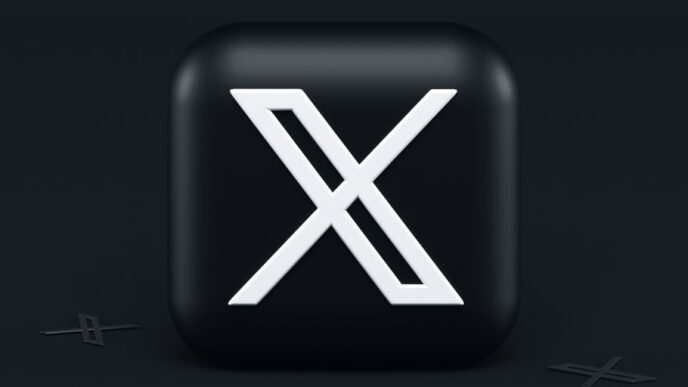Q: What can you tell us about your currency?
We’re rare in that we’re creating inter-blockchain infrastructure, rather than trying to lock users into our chain. Our tech includes decentralised exchange of cryptocurrencies, p2p messaging, and a “blockchain router.” Basically we’re building an “internet of blockchains.”
Q: What type of services exist or can we expect in the future?”
Currently, we’re breaking out the decentralised exchange tech as a standalone app for traders and anyone else who wants to buy or sell currency without there being a third party in the middle.
Q: Are you targeting the consumer or Business Market? If so, how does the business model work?”
Primarily the business market and the crypto community, since we’re a decentralised application platform. However, the decentralised exchange is a good case in point for how our tech can address both markets: for businesses, it’s a mechanism for monetising services, but for traders, it’s a killer “dapp” that removes their need to trust dodgy exchanges with their funds.
Q: What are the details around the most important project you’re working on currently?
In a nutshell, the breakthrough of Bitcoin was to make it possible to pay someone without having to trust either them or a third party that the payment went through. What we’re doing is extending this beyond payment to exchange. After all, what’s the use of a trustless currency when you still have to sign up to some traditional business to buy it? More importantly, once you achieve trustless exchange, you create space for an entire ecosystem of monetised services. Imagine being able to harness the service on any chain in your dapp. Now imagine being able to orchestrate these services any way you like. Enter the “token ecosystem” (which is a bit like the API ecosystem, but with intrinsic monetisation and better security).
Q: How does the competition compare?
We’ve been going for over two years and have yet to see anything similar to us. On the other hand, the rest of the industry seems, at last, to be catching on to the possibilities in the token ecosystem, and so we’re seeing great projects surfacing, like the 0x protocol and Polkadot.
Q: The market has many players, what differentiates you?”
If the above is anything to go by, our differentiator is in being a few years ahead of the curve, so that our tech can be ready by the time that the industry wakes up to the pressing need for blockchain interoperability.
Q: could you tell us more about your achievements in this?”
Yes, to our awareness we sent the first ever chat message across nodes on different blockchains in early 2015, we built the first ever “blockchain router” later that year, and went on to decentralise aspects of exchanges that I don’t think any of the prior decentralised exchange projects noticed, namely (1) order broadcast, (2) order matching, and (3) coin deposits.
Q: could you tell us more about where you see Blockchain technology in the future?”
I see blockchain tech finally achieving its potential in the “inter-chain” era, when the token ecosystem emerges and enterprise customers realise the radically new business models and data-monetisation opportunities that it will support.











